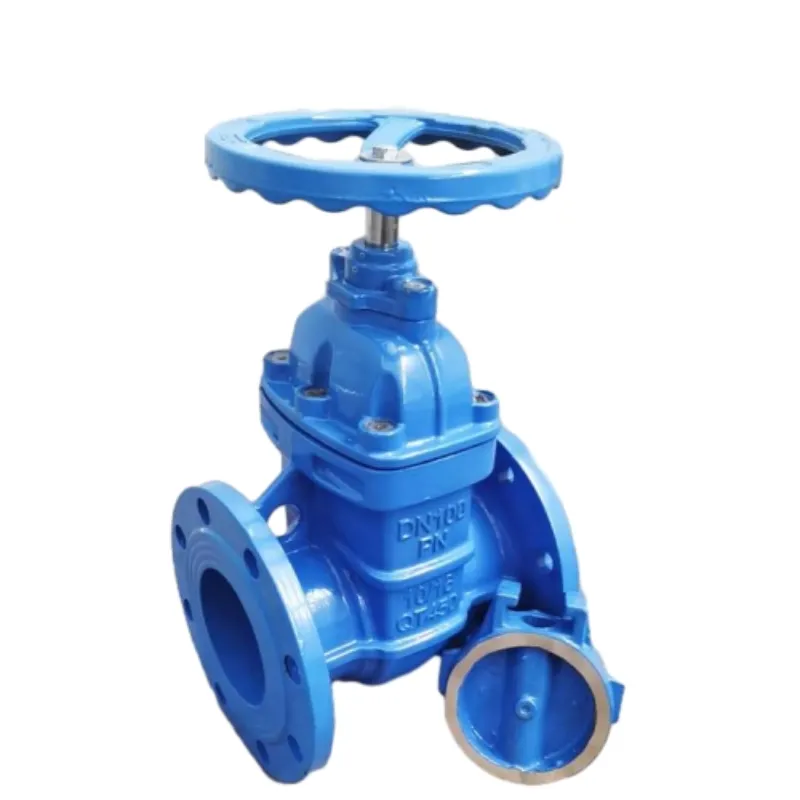авг. . 30, 2024 20:13 Back to list
pilot controlled check valve
Pilot Controlled Check Valve An Overview
Pilot controlled check valves are essential components in fluid power systems, particularly in hydraulic circuits. They are designed to allow fluid to flow in one direction while preventing backflow, thereby maintaining system efficiency and safety. These valves offer enhanced control and functionality compared to standard check valves, which can significantly improve the performance of hydraulic systems in various applications.
The fundamental operation of a pilot controlled check valve is based on a simple principle it contains a check mechanism and a pilot control system. The check mechanism allows fluid to flow in the main direction, while the pilot control, typically operated by a pressure signal, can override the check mechanism, permitting reverse flow under specific conditions. This feature is particularly useful in applications where reverse flow needs to be controlled without disrupting the normal operation of the hydraulic system.
One of the primary advantages of pilot controlled check valves is their ability to regulate fluid flow and pressure accurately. In hydraulic systems, varying load conditions can cause significant pressure changes. A standard check valve might not be able to respond to these changes effectively, risking potential damage to the system or leading to inefficient operation. In contrast, pilot controlled check valves can adjust to pressure variations, enabling smooth operation and protecting other components from excessive pressure.
pilot controlled check valve

These valves find widespread application across various industries. In construction machinery, they are often used in boom and bucket control systems to allow for precise movement and positioning without unintentional drifts. In manufacturing, pilot controlled check valves help maintain stable pressure in assembly lines, ensuring that processes operate consistently. They are also utilized in the automotive industry, where they manage hydraulic systems in vehicles, enhancing both safety and performance.
Another significant benefit of pilot controlled check valves is their ability to prevent cavitation. Cavitation occurs when there is a sudden drop in pressure, causing the formation and eventual collapse of vapor bubbles in the fluid. This phenomenon can lead to erosion and damage to valves and other system components. By providing a controlled release of pressure, pilot controlled check valves minimize the risk of cavitation, thereby extending the lifespan of the system.
In conclusion, pilot controlled check valves are invaluable assets in modern hydraulic systems. They enhance flow control, efficiency, and safety by combining the functionalities of traditional check valves with the precision of pilot-operated mechanisms. As industries continue to advance, the importance of reliable hydraulic components like pilot controlled check valves will only grow, making them integral to the success of fluid power applications.
-
Thread Micrometer Set FeaturesNewsJul.04,2025
-
Right Angle Ruler Tool for WoodworkingNewsJul.04,2025
-
Precision Frame Level Calibration StepsNewsJul.04,2025
-
Magnetic Vee Block MaterialsNewsJul.04,2025
-
Heavy Duty Ground Anchors in MiningNewsJul.04,2025
-
Features of Welding Table Cast IronNewsJul.04,2025
Related PRODUCTS









